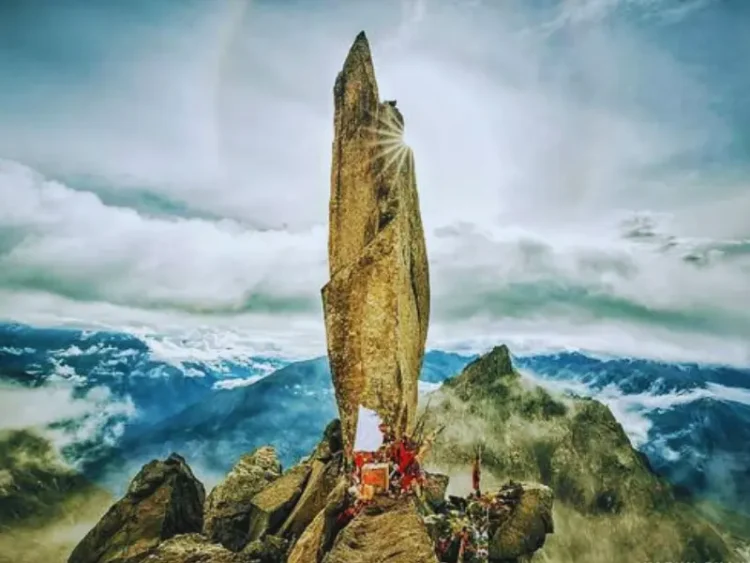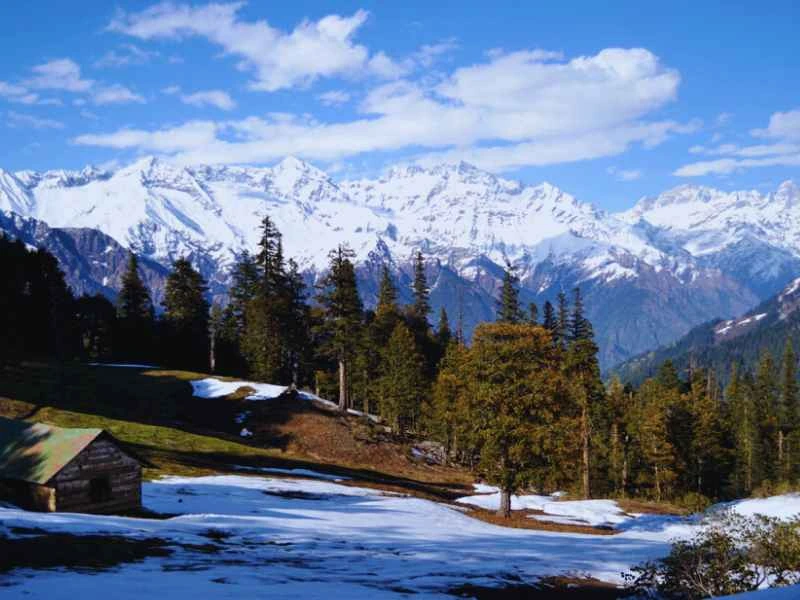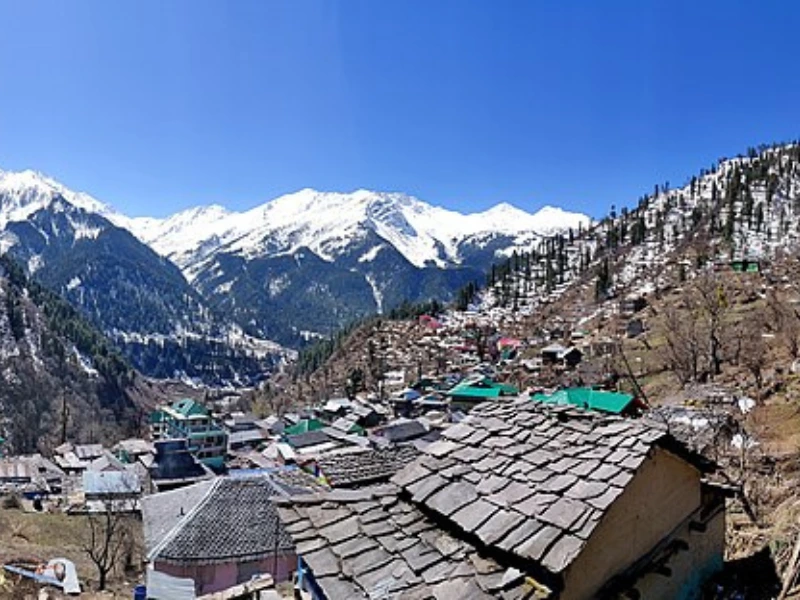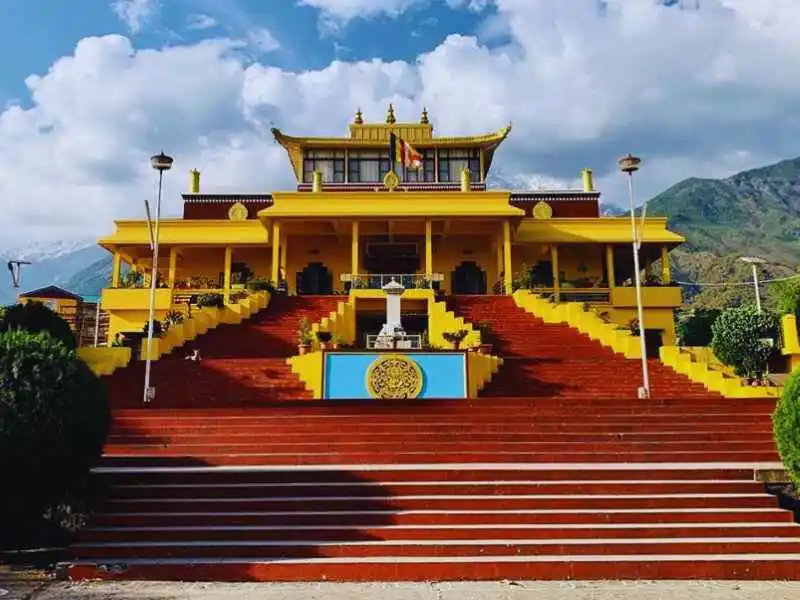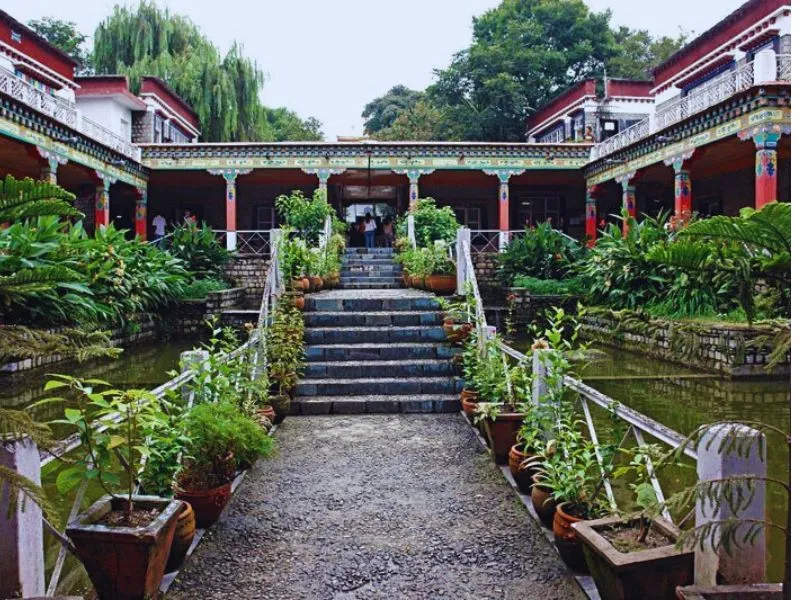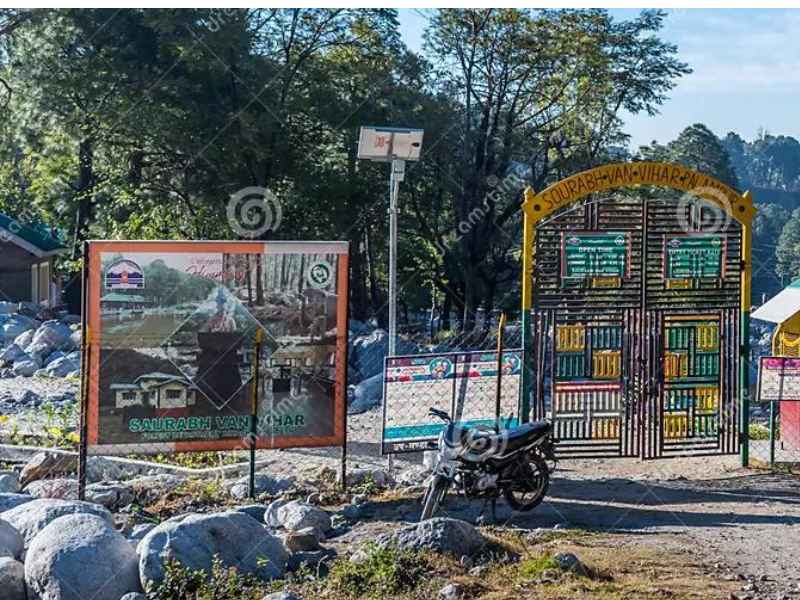In Himachal Pradesh’s Kinnaur area, Kinner Kailash is a spiritual pilgrimage and a difficult hike. This spectacular hill, the mythological home of Lord Shiva, is sacred to Hindus and nature lovers. At 6,050 meters, the high summit is surrounded by Himalayan scenery, drawing pilgrims and hikers seeking spiritual peace and beauty.
This location along the Indo-Tibetan border combines mythology, culture, and adventure, making Kinner Kailash a must-see for spiritual or exhilarating treks.
Historical and Mythological Significance
Hindus revere Kinner Kailash as one of Lord Shiva’s abodes. It is claimed that Lord Shiva meets with other gods here, and the mysterious Shivling rock formation changes colour during the day, symbolising his strength. The holy Shivling at 4,800 meters draws hundreds of pilgrims each year.
Religious writings and local tradition are linked to Kinner Kailash. Maha Shivratri is enthusiastically celebrated, and the Kinner Kailash Yatra, a journey to the top, is sacred for Lord Shiva devotees.
Location and Geography
Kinner Kailash is in Kinnaur, Himachal Pradesh, in the Himalayas. The Sutlej River, vast valleys, and lush woods surround the top, providing stunning views of the highlands. Jorkanden, at 6,473 meters, and other snow-capped summits enhance the region’s lonely charm.
Reckong Peo, Kinnaur’s district capital, is the gateway to Kinner Kailash. Kalpa, a picturesque town at 2,960 meters, is the starting point for many trekkers. While difficult, the Kinner Kailash trip across the region’s diverse scenery is amazing.
The Kinner Kailash Trek
The Kinner Kailash journey is spiritually and physically challenging, drawing experienced hikers and enthusiasts. The hike starts in Tangling hamlet near Reckong Peo and spans 14 to 18 km (one way), depending on the route.
The 3- to 4-day walk through thick woods, rocky terrain, and steep ascents tests endurance and strength. Crossing the 5,242-meter Charang La Pass is the hardest. The path passes via Ganesh Park, a scenic place with mountain views.
Trekkers must be physically and emotionally prepared for the challenging terrain and high altitudes. Trekking boots, warm clothes, and camping gear are essential. Due to altitude, proper acclimatisation is essential.
Also Read: Chitkul: The Last Inhabited Village of India (Himachal Pradesh)
Spiritual and Cultural Importance
Lord Shiva worshippers go to Kinner Kailash for the yearly Yatra. Dedicated pilgrims seek blessings and enlightenment at the Shivling rock.
The Kinnauri people help preserve Kinner Kailash customs in the culturally rich area. The Kinnauris, noted for their friendliness, practise a unique combination of Hinduism and Buddhism in their festivals, rituals, and traditions.
Key Attractions Around Kinner Kailash
Kalpa Village: Visit Kalpa community, a peaceful community with apple orchards and views of Kinner Kailash, to unwind and appreciate the region’s natural beauty. Kalpa has Kinnauri architecture and culture.
Reckong Peo
Reckong Peo, the cultural centre of Kinnaur, provides insight into native lifestyle. Visitors may see Kinnauri marketplaces, temples, and monasteries in this lively town.
Sangla Valley
Sangla Valley is a picturesque valley close by, perfect for nature enthusiasts. Its snow-capped summits and charming towns make it ideal for short walks and cultural discovery.
Roghi Village and Suicide Point
Visit Roghi Village and Suicide Point for stunning cliffside views and panoramic views of the deep valley below, a favourite photographic site.
Best Time to Visit
Kinner Kailash is best hiked between May and September, when the weather is steady and the mountain routes are accessible. In this season, hikers should anticipate pleasant days but frigid nights, particularly at higher elevations.
Winter snowfall makes the journey impracticable, while monsoon season may make pathways slick and treacherous. To guarantee safety, verify weather predictions and conditions before the walk.
Flora and Fauna
Kinnaur has diverse flora and wildlife. The Kinner Kailash hike passes through pine, oak, and rhododendron woods. The area has snow leopards, Himalayan bears, and musk deer. This endangered habitat is part of the Himalayan biodiversity hotspot, thus conservation efforts are underway.
Travel Tips
How to Reach:
By Air: Shimla Airport, 250 km away, is the closest airport.
By Road: Shimla and adjacent cities have frequent buses to Reckong Peo.
By Rail: The closest railway station is Shimla, from you may take a cab or bus to Reckong Peo.
Accommodations:
There are several guesthouses and motels in Kalpa, Reckong Peo, and Sangla, providing cheap to mid-range accommodations. Booking ahead is advised during busy hiking season.
Permits:
Due to Kinnaur’s proximity to the Indo-Tibetan border, trekking permits are required in some regions. These are available from Reckong Peo officials.
Conclusion
Kinner Kailash combines spirituality and Himalayan splendour. This untouched area gives a unique opportunity to experience the Himalayas’ mystery, whether you want a tough hike or a spiritual pilgrimage. The region’s spiritual tradition is evident while standing before Kinner Kailash mountain and feeling Lord Shiva’s tremendous aura.
Kinner Kailash delivers an unparalleled Himalayan vacation for adventurers and spiritual seekers.
Frequently asked questions (FAQs)
Lord Shiva and Goddess Parvati live on Kinner Kailash, according to folklore.
This walk requires strong fitness owing to steep ascents and high altitude.
The Kinner Kailash Shivling is a fascinating rock structure that changes colour throughout the day.
Many pilgrims journey to the Shivling, but ascending Kinner Kailash is tough and only for skilled mountaineers.
Mount Kinner Kailash is 19,850 feet (6,050 meters).
